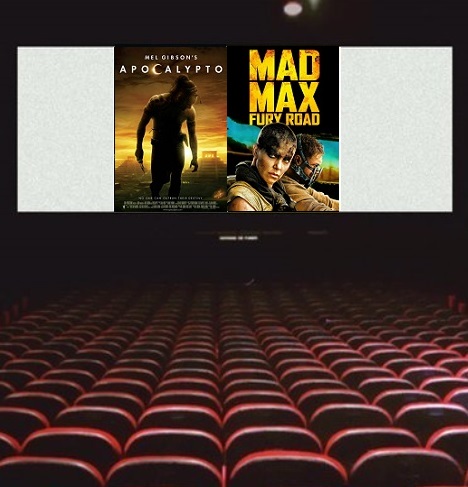Dan Dennett opened his eyes, and he found that he was in a dazzling green landscape. He looked at himself, his body was completely intact. Even his long white beard was still there. Only his glasses were missing. Still, there was something different about him. His body was more radiant, like he was in some sort of lucid dream. He looked at his hands, as he had done often in lucid dreams, and bright light shone through them. He really was dreaming! Except then why wasn’t he waking up right about now? Lucid dreams were usually very brief experiences.
The last thing he remembered was being in the medical center with his wife. His lovely Susie whom he loved so so much. His interstitial lung disease had drained him of his last powers and he felt like he was slipping away into a deep sleep. Eternal sleep. He looked at his wife one last time. “I love you…” And that was it….
And now he was here, or so it seemed. But what was here? It was not in Maine, that’s for sure. He looked around him and saw the most beautiful trees. They were cedar trees, he thought. But way bigger than he had ever seen them before. There were also huge bushes of flowers in yellow, blue, pink, orange and purple. Dan tried if he could float through the air and found that he actually could. He followed a narrow path alongside a small creek with round white shining stones illuminating the way. There were small clouds also, really close to the ground, and when he passed through them they felt like silk to his skin. The creek made the most peaceful sound he had ever heard and he could also hear birds chirping.
But how can my consciousness still be intact?, Dan thought. During all of his career as one of the most widely read and debated American philosophers, he had proposed that consciousness was constructed by tiny little machines inside the human brain. But he was pretty sure his physical brain would by now be no longer functioning. Had the dualists been right after all? That consciousness existed in a different realm as the brain? But no, he still had his body. He was looking right at it and it felt more real than it had ever felt. What about these idealists, these woo woo cosmic consciousness peddlers? Was mind indeed the primal substance of the universe? There was still some doubt in Daniel’s mind.
He reached a valley surrounded by beautiful mountains covered in flowers. Dan was completely in awe of the astonishing scenery. It was more awesome than anything he had ever seen in his life. Then he gasped as he was approached by a magnificent blue butterfly the size of a man. It came up to him and said in a clear voice: “I am so happy to see you, Dan. So very happy.” The bearded philosopher was shocked; he was now 100% certain he was not in Kansas anymore, or any other place on earth for that matter. “And who might you be?’”, Dan asked. “I am Christopher”, the butterfly replied. “Christopher Hitchens”. Dan’s jaw dropped a mile deep. Then he quickly recovered and he smiled the widest smile he had ever smiled. “Now jump on my back, my old friend”, the butterfly said. “We’ve got a lot to talk about.”






